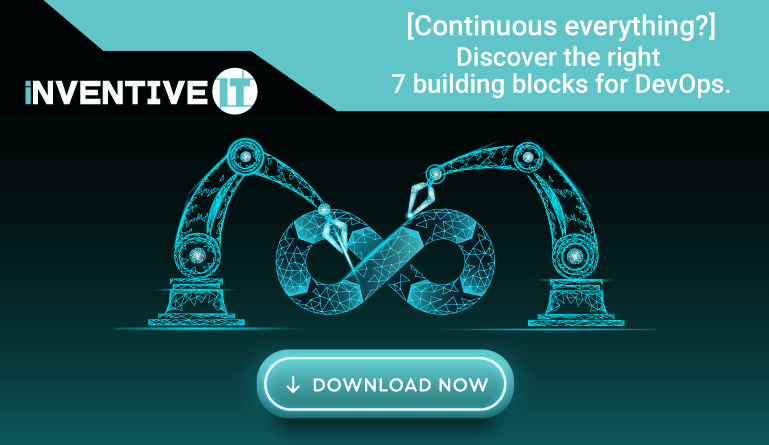Guest Contribution by Emily Roberts
Agile project management originally started with software development, but it has spread everywhere. It is now used by construction projects, schools, and marketing teams, yet many more still don’t know what agile project management is. Compounding matters is the confusion of certain terms with agile project management.
Here is an overview of what is an agile project management and why you should implement it in your organization.
The Definition of Agile Project Management
Agile means fast, nimble, and able to move quickly and easily. It is a modern project management methodology that tries to be flexible and adapt quickly to changing circumstances while maintaining control over the process. This allows you to plan projects that don’t fit the classic fixed date, fixed-scope model.
The term agile is often used interchangeably with specific project management methodologies. For example, the agile planning process often relates to scrum planning.
As explained by Kanbanize, scrum is a concrete framework for software development. Agile is much broader, and it doesn’t require a scrum framework at all. Instead, as they explain, agile is a flexible project management system that allows you to manage any precise knowledge-based project. This could be software development, marketing campaign, IT system integration, etc. The agile planning process eliminates the traditional heavy planning process and replaces it with an iterative, adaptive one.
Kanbanize, for instance, uses Kanban, which is a project management system that works by using task cards that move through a visual workflow. With Kanban software, you can bring company-wide transparency and divide projects into smaller tasks easily. It also allows you to conduct performance analysis and forecasting in a more effective way by having more precise information about the entire lifecycle.
Now that we know what Agile project management actually is, let’s take a look at the concrete benefits for your company.
Your Customers Will Be Happier
Agile project management in all its forms considers customer satisfaction the highest priority. You gather requirements from the customer, and they’re typically involved in product demos and testing before the final version is rolled out.
By delivering a thoroughly tested product rapidly, you meet or exceed their expectations. A side benefit of agile project management is that developers and stakeholders collaborate closely on a regular basis, so your customers feel like they’re in the loop even when issues arise.
It Simplifies the Management of Work in Progress
Every software project manager deals with a massive backlog of features users want, IT security requirements, and the need to keep up with changes in hardware and connecting software. You can’t get everything done on time. The solution is to manage a large backlog of customer requirements and work in progress, committing specific to-do items for certain software releases.
Kanban software development is one of the few ways to manage a large amount of work in progress while focusing on just-in-time delivery of critical functionality. This supports self-organizing teams dealing with specific requirements or tasks. You’re talking to customers about what they want and working on giving it to them instead of negotiating contracts and trying to translate that to product specifications that your engineers and programmers will try to meet.
It Is Necessary to Keep Up with the Constant Rate of Change
Agile project management is often adopted just to keep up with the constantly evolving market. Agile project management is necessary to deliver software updates faster and release future versions of the product more quickly.
However, change for change’s sake is a waste of time and money. Instead, the ultimate measure of success is a final working product, and the interactive design process along with thorough testing every time ensures that the final product is both quickly finished and does what it needs to do.
Once that new release is out, you can plan the next iteration of product development. You end up with a product design process that focuses on excellence without sacrificing quality. For example, the end goal for agile software development is working software, and that matters more than thorough documentation of how you got it.
There Are Many Tools to Make It Easier to Manage
There are a number of software tools intended to manage agile projects. This allows you to digitize the Kanban or Scrum task board. You can then assign tasks and share data through the project management software.
Agile project management tools allow you to bring remote team members into a rapidly evolving project and keep everyone on the same page. You can automate tasks and report generation, allowing you to focus on getting work done, and you can track work in progress and assign it to various product iterations while tracking issues in a shared data repository. Then requirements and lessons learned are never lost.
Agile project management methodologies allow you to deliver what customers want at the speed the market demands, and this is necessary if you want to remain in business today.







